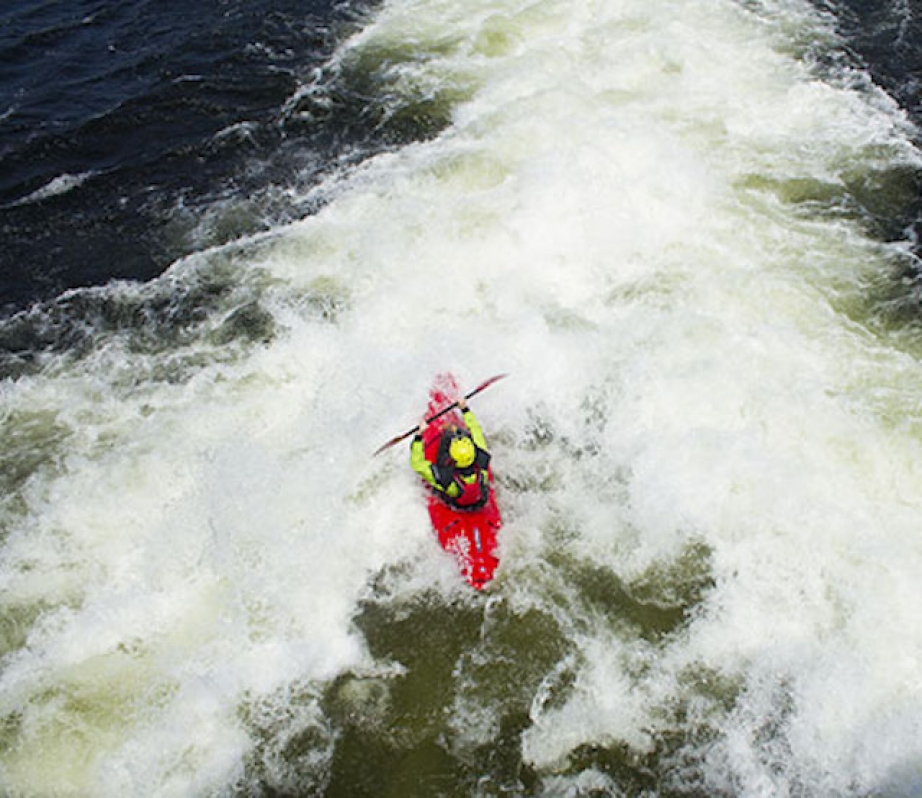Every sport has subtle rules of etiquette that participants expect of their teammates and partners. Some of these rules of thumb are obvious, and some will be seared into your brain from experience, like if you fail to signal to a downstream surf session and accidently crash into an unsuspecting playboater.
1. Respect the line
The social aspect of surf sessions on the river is one of the best things about playboating, especially if you are a beginner and looking to watch some more experienced paddlers land tricks. Many popular surf waves fill up with enthusiastic playboaters, especially on the weekends, making it common to have a collection of kayakers waiting in the eddies. Be polite and respect the line, making sure everyone gets a chance to show their stuff.
Read More: Essential Items To Bring To Your Next Surf Session
2. Share your snacks
Packing excellent river snacks makes breaks and floating lunches a great hiatus from the excitement of whitewater. Spread the love by sharing your snacks and treats, especially if some of your paddling partners forget to bring their own grub.
3. Use your river signals
River signals are a key safety element. From letting your friends know you are okay after a big swim to communicating with an upstream paddler that the river is clear for them to go, good signals can prevent major mishaps. Kayakers will have a variation of different signals they use, so it’s a good idea to establish a baseline with your group before you hit the river to make sure everyone is on the same page.
4. Make room in the eddy
If you are in the eddy before your paddling partners, be considerate of where you position yourself and how that will affect upstream kayakers. This is especially important if the eddy is essential to catch because of hazards or a drop downstream. Each time you catch an eddy, think about how much room you would want from other kayakers and hang out accordingly.
5. Be a respectful shuttle participant
Ah, the shuttle. A seemingly easy process that often ends in a lack of essential gear and confusion. While it is simple to botch the shuttle, try your best to keep track of your things and have the right items at the take-out. If you are a passenger in a shuttle vehicle, try to keep your wet things in a dry bag or on a tarp and don’t hop in your seat in wet clothes unless you have permission from the driver.
6. Offer help to less experienced kayakers
Kayaking is one of the best sports for meeting encouraging people who will volunteer tips and advice. This is often because those dispensing the advice vividly remember the exhausting days spent swimming and emptying their boats. Even if you aren’t an experienced kayaker, you can always help your fellow paddlers out from aiding boat carrying at a tricky put-in to holding their paddle while they adjust their ratchet straps to helping them tie-down their kayak. Hello good karma!
Read More: 10 Things That Will Happen When You Learn To Whitewater Kayak
7. Be prepared
Good whitewater etiquette largely depends on being prepared. Bring a throwbag and know how to use it. Have water and sunscreen. Understand your ability. Scout properly. Check water levels. Pack a first aid kit. Some of these things are learned from experience, but arriving ready to paddle as prepared as you can be will help you and your fellow kayakers have an awesome and safe day on the water.




